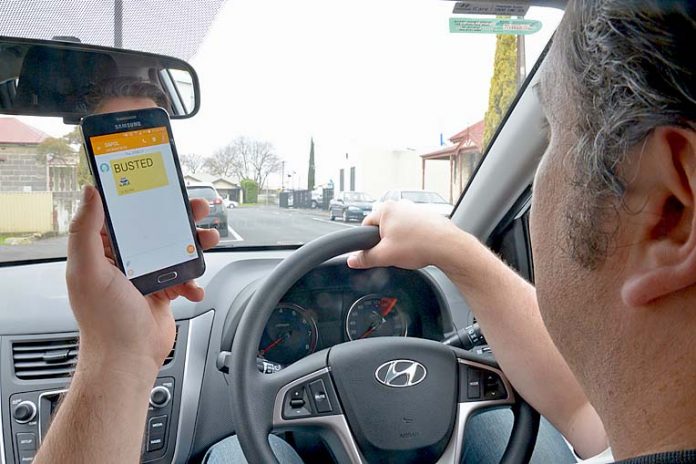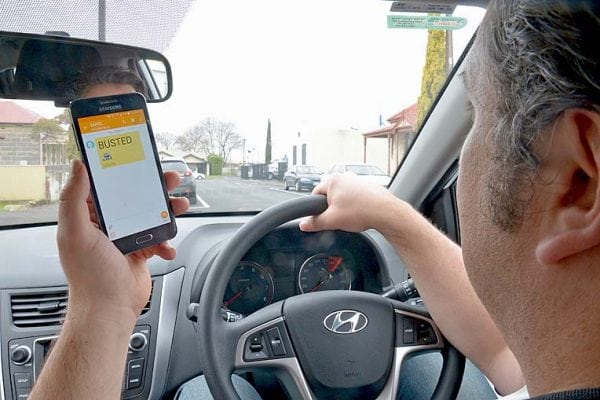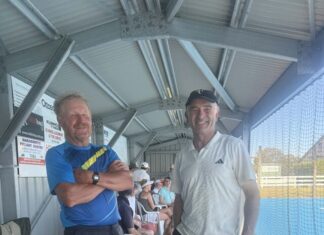

A STATEWIDE operation to catch drivers using their mobile phones produced alarming results with an average of 66 people a day using a device while in control of a vehicle.
Operation Distraction was conducted during a nine-day blitz from July 22 and resulted in 595 detections.
Traffic Support Branch Superintendent Anthony Fioravanti said the message was simple – “put the phone down”.
“More than 65 people a day were prioritising their phone call, text message or email over the safety of themselves, their passengers or other road users,” Supt Fioravanti said.
“The law is very clear – drivers are not allowed to use any function of a hand-held mobile phone while the vehicle is moving or stationary at places such as traffic lights.”
Mount Gambier Police officer in charge Senior Sergeant Chris King said the results included 57 detections in regional areas.
“The results were very disappointing because driver distraction is a major contributing factor to rear-end crashes,” Sgt King said.
“Rear end collisions have accounted for 27.5pc of all collisions from July 1, 2016, to June 30, 2017, which is the highest of all crash types, yet the rear end collision is probably the most avoidable of all,” Sgt King said.
Police officers in Mount Gambier will work to reduce that number next Thursday when they target “tailgating”, which Sgt King said is another major contributing factor to rear-end crashes.
“Traffic Thursday is aimed to educate drivers about a specific road rule and on August 10 we will focus on the offence of keeping a safe distance behind vehicles, which comes under Section 126 of the Australian Road Rules,” Sgt King said.
“Tailgating is one of the most common Traffic Watch complaints, indicating that following too close to the vehicle in front is a cause of concern and frustration to road users involved in or witnessing this behaviour.”
Penola Road, the Riddoch Highway, Nangwarry and Commercial Street East have the highest incidence of rear-end crashes and police officers will be aiming to keep a close eye on these locations.
Sgt King said it can be difficult to police tailgating, however officers use certain methods to determine if a car is travelling too close to the vehicle in front of it.
“There are some methods we use, including laser technology to measure distance and assessing whether a car is two-seconds behind the vehicle it is following,” he said.
“We can ensure Limestone Coast Highway and general patrols will have a highly visible presence and will be paying attention to enforcing the road rules, but also educating the community about tailgating.”





